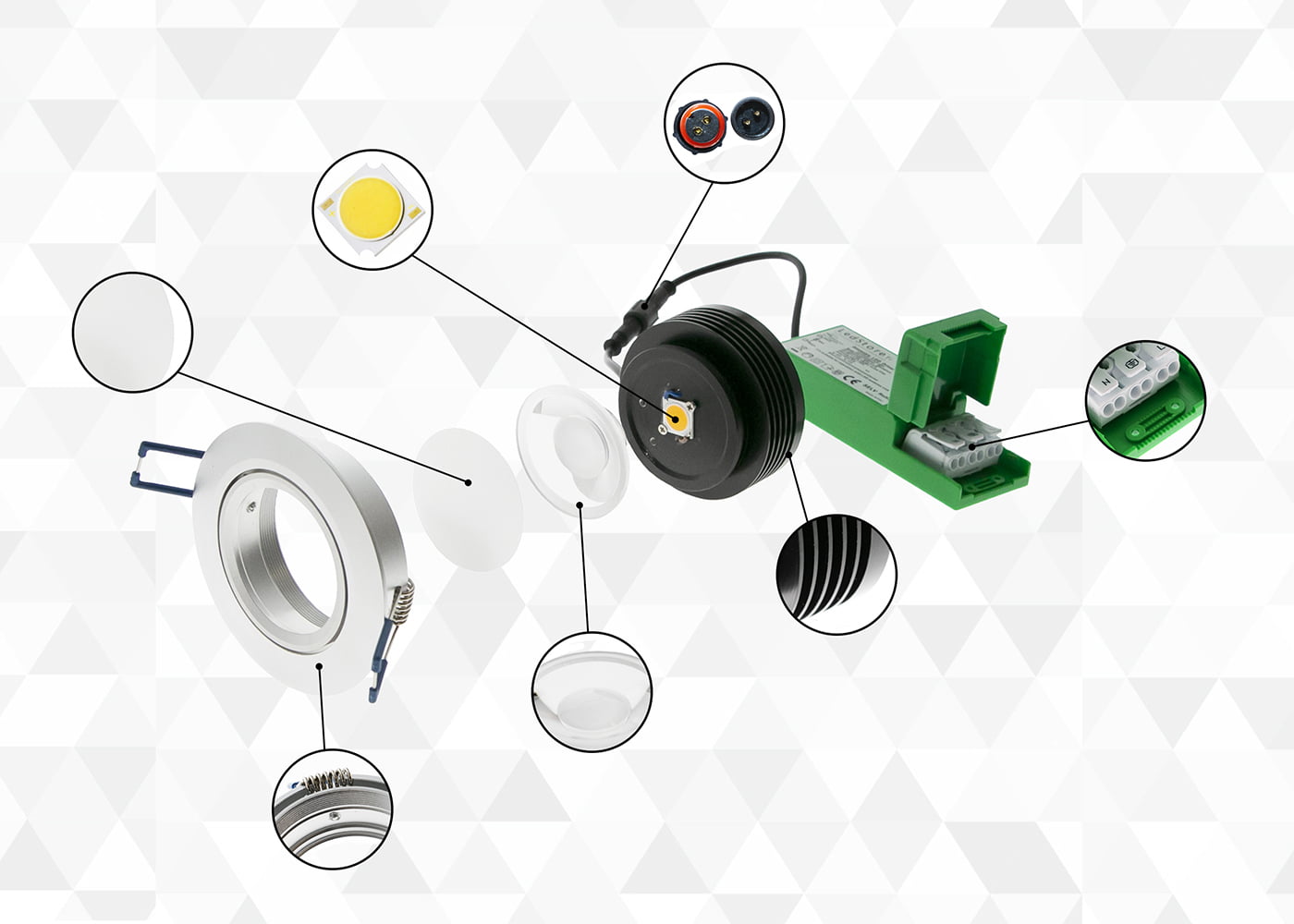Summarize
- Led spots are made up of six parts that affect the light
- The ballast is dimmable and the chain mounting option facilitates installation
- Improved Led module, CRI 98 and long lifetime
- The lens and diffuser affect the angle of incidence and the flatness of the light
- The frames are made of aluminium, available in different colours and shapes
Led spot has many names, spot, downlight, upspot, downlight. After all, we at LedStore have been involved in the development of the LED spotlight for almost 10 years, and we know a thing or two about it. And it doesn’t really matter what kind of spotlight you use to illuminate your home or office. Here are the main features of the spot.
A spotlight is essentially made up of six parts, all of which have an impact on the way the spot works and the light it gives off. The components are the ballast, connecting cable, LED module, lens, diffuser and frame. The Spot is flush-mounted in a circular mounting hole.
The ballast is part of the led spotlight
A dimmable ballast, or power supply (generic name: transformer) is always included in the price of LedStore LED spotlights. In almost all our stores, it is the green box with the LedStore.fi label as shown in the picture. The ballast (standard power supply) is connected to the mains power supply and our ballasts have the possibility of chain mounting (quick connector). Chain installation saves effort on site, as wiring can be done directly from one luminaire to another.
The ballast is also designed to be small enough to fit through the mounting hole in the spot, making it easy to replace. The ballast has a sturdy cover with a pull-out feature. If the thickness of the wire requires, the tab under the cable clamp can be cut off to provide additional space for the electrical connection.
The enclosure rating of the ballasts is IP21, which means they are not waterproof, but drip-proof. The ballast is suitable for installation in e.g. out to the roof.
Ballasts are also available for 12-24V voltage systems, e.g. for photovoltaic applications, or for car/boat/caravan at the same price, and for DALI control systems with suitable power supplies for a separate fee.
Connecting cable with quick connector
The connecting cable from the ballast to the LED module is about 10 cm long in the spotlights. The cable has a waterproof quick connector, so that the luminaire or ballast can be serviced and replaced if necessary without having to replace the entire LED spot.
Many features of the Led module
The heart of the Led Spot is its module. The module has undergone the most changes over the years. The latest improvement to the module is the shape of the heat sink, increased waterproofing and adjustment of the colour temperature of the light. The new module has more cooling surface area, wiring from the side of the module and all models have interchangeable modules. The module is made of cast aluminium, painted black.
With an input power of 9W and a light output of just over 600 lumens, which is the same for almost all our LED spotlights, it is well suited for residential lighting. Thus, when illuminating an area of one square metre, the number of lux coming from a luminaire at one metre is about 600 and the number of lux coming from a luminaire at two metres is 300 lux, which is suitable for general lighting. Our higher wattage 15W spots are suitable for higher spaces and applications requiring more light output.
All LED spotlights have a choice of either a warm white light colour temperature of 3000 kelvin or the most neutral white light colour temperature of 4000 kelvin. Our range also includes spotlights with adjustable light colour temperature, where you can choose between 2700K warm – 4000K neutral or 5300K cool white light colour. We call this the CCT feature.
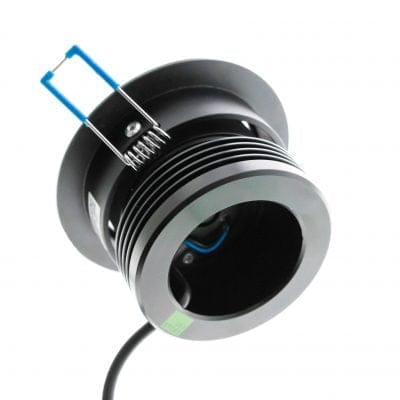
The module’s LED circuitry is of top quality. We have managed to increase the CRI to 98. The LED circuit has more than 50 000 hours of operation. So, calculated at 8 hours a day, year-round use, the LED circuit will last 17 years. It’s under warranty for the first 7 years, so it’s not a disposable item. The new module is gradually replaced in all LED spot models, except ModLed spot, where the module must be replaced. Now the new module is available in our spots with CCT (2700K-4000K-5300K) (September 2019). All new modules are identified by the green LedStore logo.
The lens determines the opening angle
The lens plays an important role in an LED spotlight, as it controls the angle at which the light is turned on. Our 45 degree lens is ideal for general lighting when spots are evenly distributed on the ceiling, about 1 per square metre.
Diffuser smooths the light
A non-yellowing, acrylic-plastic or, in the 023 spot model, a solid, glass matte diffuser in front of the lens smoothes the light from the spot and prevents glare. Our spots with interchangeable modules also allow you to remove the diffuser if you need a sharper light. The diffuser smoothes the light from the spot, and reduces the spot’s luminous intensity somewhat.
Frame colours and shapes
Led spotlight frames are made of cast aluminium, so they are durable and conduct heat well. The frames are held tightly in place by two springs. The framing models are directional and fixed. The beam of the directional spot can be swivelled 28 degrees from the central axis. The wedge is oriented by turning the spot in the mounting hole. The most versatile orientation is therefore possible with round spots. Another frame model is the square, or rectangular in the case of the double frame.
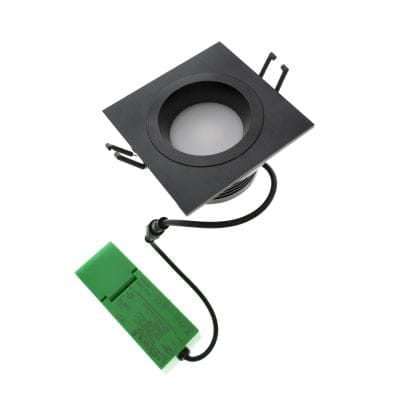
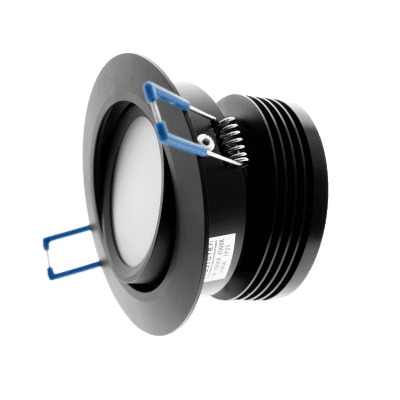
The frame colours of the round and square spots are matt white, matt silver and black (painted). In addition, a frame with polished aluminium on the inner rim and brushed aluminium on the outer rim. The collection also includes a fixed frame, where the light source illuminates unobtrusively from about 1.5-2 cm inside the ceiling.
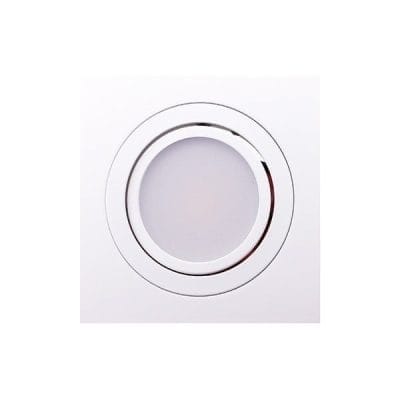
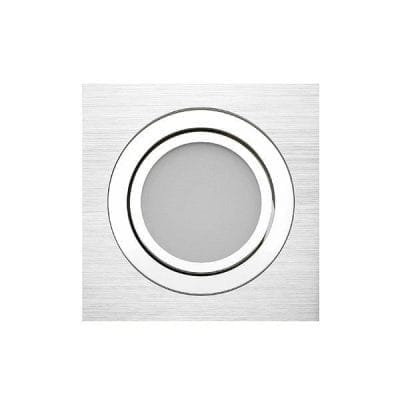
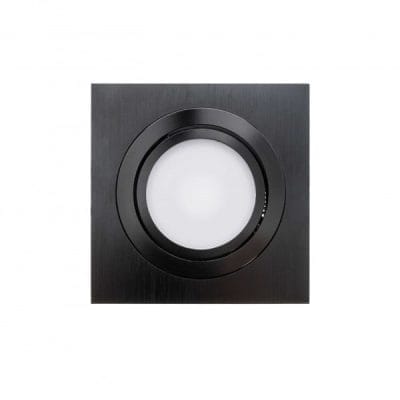
LedStore’s led spotlights can be found in the Led Spotlights category in the online shop at: https://ledstore.pro/led-spotit

